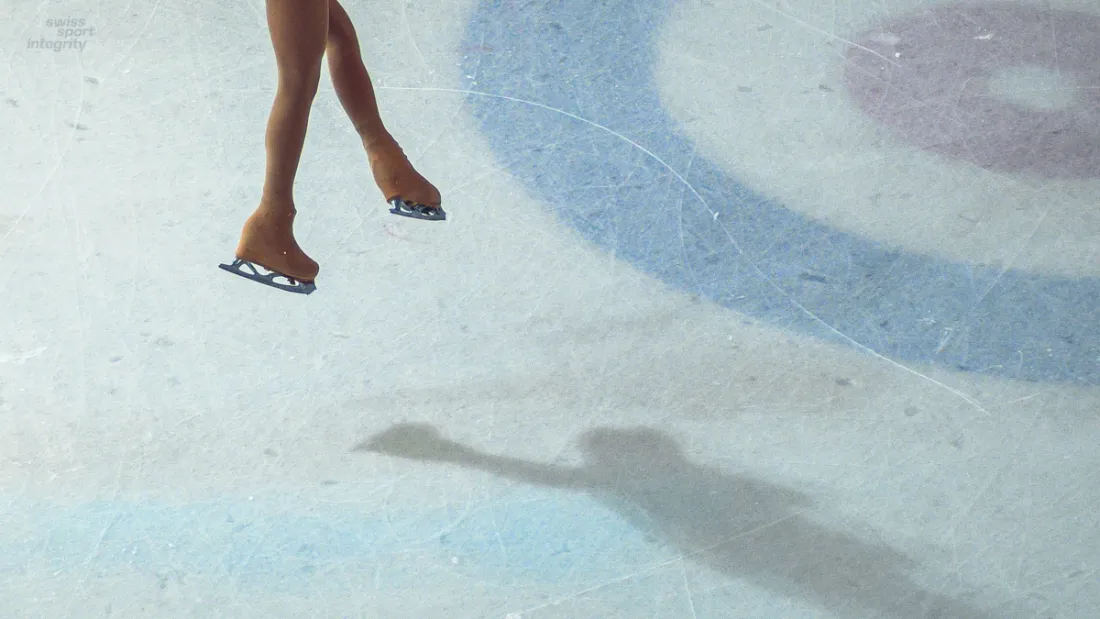The list of prohibited substances and methods (known as the “Prohibited List”) is usually published on an annual basis by the World Anti-Doping Agency (WADA). The updated list enters into force on January 1 of the new year. Every year, Swiss Sport Integrity then publishes the Prohibited List in German and French.
It is the responsibility of each and every athlete to check regularly that the substances and methods they use are not prohibited in sport. For everyday use, we recommend the Medical Inquiry Service Global DRO.
New from 2026
The World Anti-Doping Agency (WADA) has published the 2026 Prohibited List, which comes into effect as of 1 January 2026 and replaces all previous lists. The changes relate in particular to a new dosing interval of salmeterol, a clarification regarding blood withdrawal, and the prohibition of carbon monoxide.
Change in dosing intervals of salmeterol
The dosing intervals of inhaled salmeterol have been changed. From 1 January 2026, a maximum of 100 micrograms may be inhaled within 8 hours. At the same time, the maximum dose of 200 micrograms within 24 hours remains unchanged. This change is relevant for athletes who inhale a single dose of 100 micrograms for treatment: they must then wait 8 hours before inhaling the next dose. Treatment with 100 micrograms of salmeterol in the morning and evening corresponds to the highest recommended dosage according to the product information and is rarely necessary.
Clarification of the prohibition on the withdrawal of blood – with exceptions
The withdrawal of blood or blood components is now in principle prohibited. Exceptions to this are blood withdrawals, including apheresis, for analytical purposes (e.g. medical tests or doping controls) or for donation purposes in accredited collection centres. Certain therapies involving the withdrawal of blood or blood components are therefore prohibited and require a therapeutic use exemption. Platelet-rich plasma (PRP) and related procedures are still not prohibited.
Prohibition of Carbon Monoxide
The non-diagnostic use of carbon monoxide (CO) has been added to the prohibited methods. The use of carbon monoxide for diagnostic purposes, such as total hemoglobin mass measurements or the determination of pulmonary diffusion capacity, is not prohibited under the supervision of a medical or scientific professional.
For the 2026 Prohibited List, WADA also made formal adjustments and added examples of prohibited substances. An exhaustive list of all modifications is provided by the WADA.
Swiss Sport Integrity reminds all athletes to check all medications before use with the medication inquiry service Global DRO (via website or Mobile App) regarding their prohibited status and to contact us if there are any questions or uncertainties.
Criteria for Prohibited Substances and Methods
The substances and methods that are included in the Prohibited List are decided by the WADA’s List Expert Group, which is made up of international specialists. As part of this process, substances and methods are assessed according to three criteria: Whether they have the potential to improve performance, whether they represent an actual or potential health risk, and whether or not they run counter to the spirit of sport. Substances or methods shall also be prohibited if they mask the use of prohibited substances or methods.
Prohibited Substances and Methods
The Prohibited List organizes prohibited substances into different classes:
Substances and Methods Prohibited at All Times (In and Out of Competition)
- S0 Non-approved substances
- S1 Anabolic agents
- S2 Peptide hormones, growth factors, related substances, and mimetics
- S3 Beta-2 agonists
- S4 Hormone and metabolic modulators
- S5 Diuretics and other masking agents
- M1 Manipulation of blood and blood components
- M2 Chemical and physical manipulation
- M3 Gene and cell doping
Substances and Methods Prohibited in-Competition
- S6 Stimulants
- S7 Narcotics
- S8 Cannabinoids
- S9 Glucocorticoids
Substances Prohibited in Particular Sports
- P1 Beta-blockers
More detailed information and knowledge (about substances and methods) can be gained from the Mobile Lesson «Substances and Methods» provided by Swiss Sport Integrity.
Specified and Non-Specified substances and methods
All prohibited substances and methods are divided into specific and non-specific substances or methods. In the event of violations of the anti-doping provisions, the sentence will generally be higher if non-specific substances or methods have been used. Prohibited substances in the following classes are deemed to be non-specific:
- S1 Anabolic agents
- S2 Peptide hormones, growth factors, related substances, and mimetics
- S4.3 Agents preventing activin receptor IIB activation (i. e. myostatin inhibitor)
- S4.4 Metabolic modulators
- S6.a Non-specific stimulants
Prohibited methods in the following classes are deemed to be non-specific:
- M1 Manipulation of blood and blood components
- M2.1 Sample Manipulation
- M3 Gene and cell doping
Substances of Abuse
Some prohibited substances are identified as substances of abuse because they are frequently abused in society outside of the context of sport. Therefore, the use or possession of substances named above may be subject to less stringent sanctions. This applies only if the substances were used outside of competitions and not for the purposes of enhancing performance.
The following are designated substances of abuse: cocaine, diamorphine (heroin), methylenedioxymethamphetamine (MDMA/”ecstasy”), tetrahydrocannabinol (THC).
Provisions Issued by International Sports Federations
In addition to the anti-doping provisions that apply worldwide, athletes must abide by the rules issued by their International Sports Federations. Certain substances and methods are additionally prohibited in certain sports, even though they do not appear on the Prohibited List.
Example:
- Needle Policy: Certain International Sports Federations and the International Olympic Committee regulate the use of any injections during and in the time surrounding their competitions.
